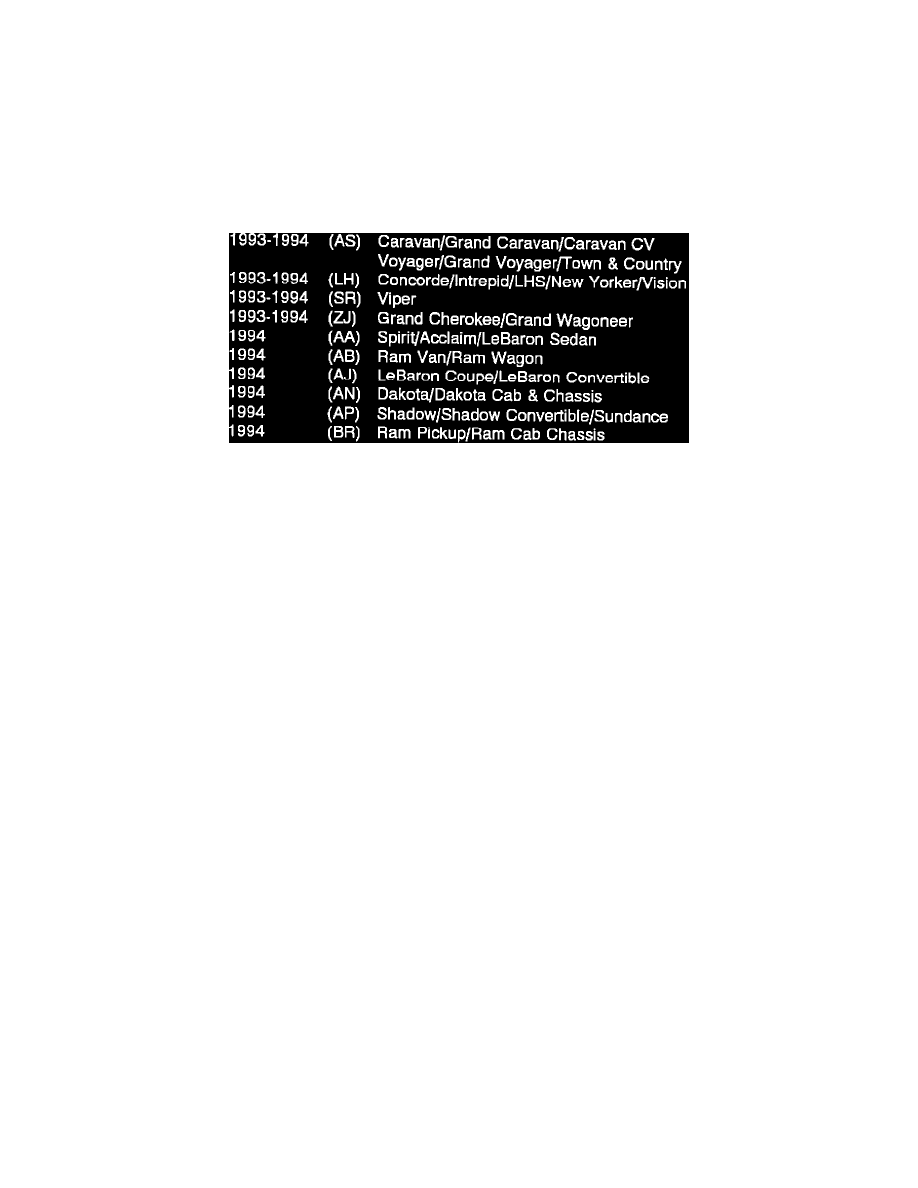Grand Cherokee 2WD V8-318 5.2L VIN Y MFI (1994)

Refrigerant: Technical Service Bulletins
R 134A Refrigerant - Leak Detection Systems
NO.: 24-20-93
GROUP: Air Conditioning
DATE: Jul. 30, 1993
SUBJECT:
R-134A Refrigerant Leak Detection
MODELS:
DISCUSSION:
Numerous R-134A leak detection units are on the market. Some units are better than others, and keep in mind R-134A is more difficult to detect than
R-12 because of R-134A's smaller molecular structure. Listed below are the R-134A leak detection units currently approved by Chrysler:
HITECH Instruments models HI 300 TEL, HI 350, HI 400 NOVA TEL, and HI 450 NOVA.
Leybold Inficon models HLD4000 and D/TEC.
OTC/Yokogawa model H10N.
All Jeep/Eagle dealers were shipped R-134A equipment in March 1992 to be able to service the ZJ products and Chrysler/Plymouth/Dodge dealers were
shipped the same equipment in May 1993. A HITECH Instruments, Model HI 300 TEL leak detector, was included in these equipment packages.
Use of any other R-134A leak detection equipment will lead to improper diagnosis, repeat repairs and customer dissatisfaction. HITECH Instruments
Models are available through Professional Service Equipment.
Points to keep in mind when performing R-134A leak detection:
*
Testing should be performed 5-7 minutes after A/C system has be turned off.
*
The hood should be raised at least 5 minutes prior to performing leak detection. This is to help ensure any accumulation of R-134A can dissipate and
prevent detecting false leaks throughout the engine compartment.
*
The probe should be moved at a rate of 1-2 inches per second and no more than 1/2 inch from the surface being checked. DO NOT HOLD THE
PROBE IN ONE LOCATION OR ALLOW THE PROBE TO TOUCH ANY SURFACE OR LIQUID. Doing so may contaminate the probe and
cause false readings.
*
Probe along the bottom side of the components because R-134A is heavier than air.
*
Leak detector probes are very sensitive to contaminants. Do not expose probes to lubricants, paint, welding and mastic fumes, vehicle fuel, exhaust
or coolant, halogenated solvents, chlorinated water or steam, dust, powder, or direct streams of R-12 or R-134A. Contaminants cause false readings.
*
Always follow the leak detector manufacturer's instructions very closely.
*
A properly maintained and calibrated APPROVED LEAK DETECTOR is your best tool for accurate leak detection and customer satisfaction.
POLICY: Information Only
